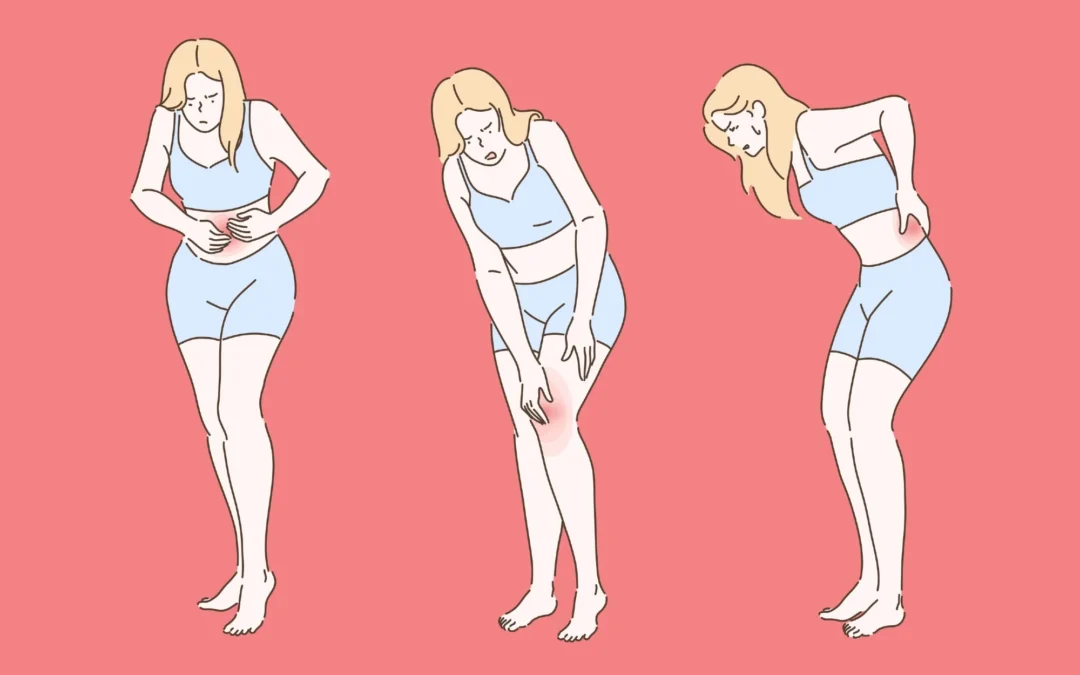
What If We’re Not Asking the Right Questions About Vaccines?
What If We’re Not Asking the Right Questions About Vaccines?
By Dr. Stacie Stephenson
I want to talk about something that gets me called names, questioned, and criticized. But I’m going to say it anyway.
Because when it comes to your health—or your child’s health—silence is more dangerous than truth.
We need to talk about vaccines. Again.
The Problem
We live in a culture that rewards compliance and punishes curiosity.
Especially when that curiosity threatens the pharmaceutical status quo.
You’ve likely heard this line:
“It’s just a shot—what’s the big deal?”
But here’s what they don’t tell you:
● That most vaccines have never been tested against true placebos.
● That the long-term effects of the full childhood vaccine schedule have not been studied in combination.
● That the vaccine injury court has paid out billions—yet most people don’t even know it exists.
This isn’t conspiracy. It’s public record.
The problem is, we’re not allowed to talk about it.
What Most People Don’t Know
The CDC schedule recommends 70+ doses of vaccines by age 18.
Most of us got a fraction of that growing up.
The HPV vaccine was fast-tracked to market.
The flu shot is reformulated each year based on guesswork.
And COVID? A brand-new technology rushed under emergency use.
But if you say any of this out loud—you’re labeled dangerous.
So let me be dangerous.
The Real Question
I’m not anti-vaccine.
I’m anti-lack-of-transparency.
I’m anti-censorship.
I’m anti-gaslighting people out of their own lived experiences.
I’ve had patients sit in front of me in tears, knowing in their bones that something changed after “just one shot.”
And instead of support—they got shame.
Here’s the truth: You’re not crazy. You’re not alone. And you’re allowed to ask questions.
The Invitation
If something doesn’t feel right, you owe it to yourself to listen.
● Research vaccine ingredients.
● Look at the actual data—not just headlines.
● Ask what the benefits are—and what the risks could be.
The people pressuring you to get the shot won’t be there to live with the consequences if something goes wrong.
You will.
Final Thoughts
Informed consent is not fear-based—it’s power-based.
You’re not failing your family by saying “I need more time.”
You’re not putting anyone at risk by reading the label.
You’re not selfish for putting your child’s unique biology above a blanket protocol.
You’re smart.
Keep asking. Keep thinking. Keep protecting what matters most.
You don’t need permission to trust your instincts. You already have it.